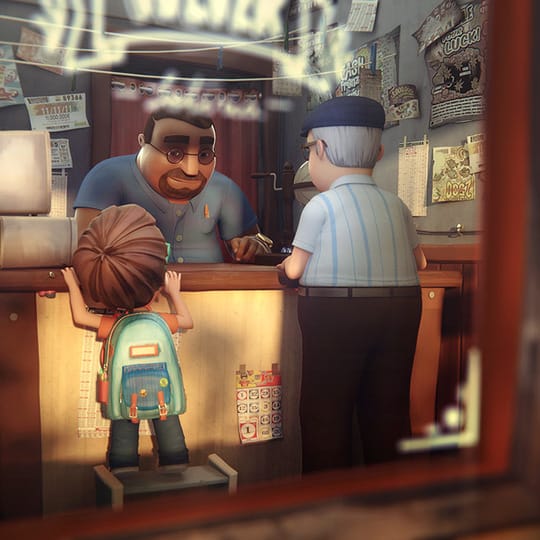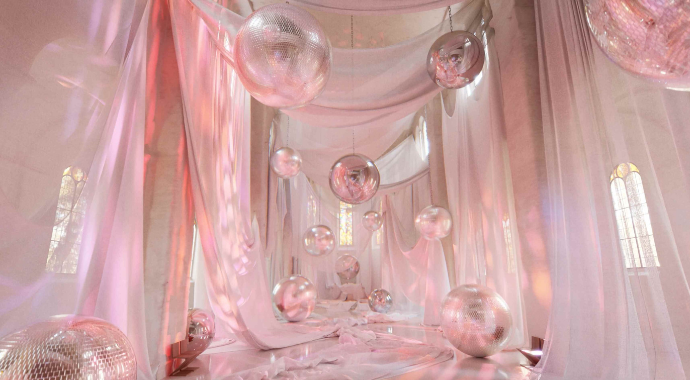A team of 40 artists in Argentina led by Ideas Fijas came together for a fun and challenging project – the animated feature Kiribati. Using Blender and V-Ray they created an efficient workflow to tell viewers a story well known in a clever and elaborate way. How can we escape the daily grind and realize our dreams and hopes, no matter how many years have passed by?
Yermo, the grumpy grandfather of a dysfunctional family, is locked in a retirement home with maximum security. There, with his grandson Luisito and a hilarious group of grandparents, he plans an escape which turns into an amazing journey, full of adventure to the island of Kiribati.
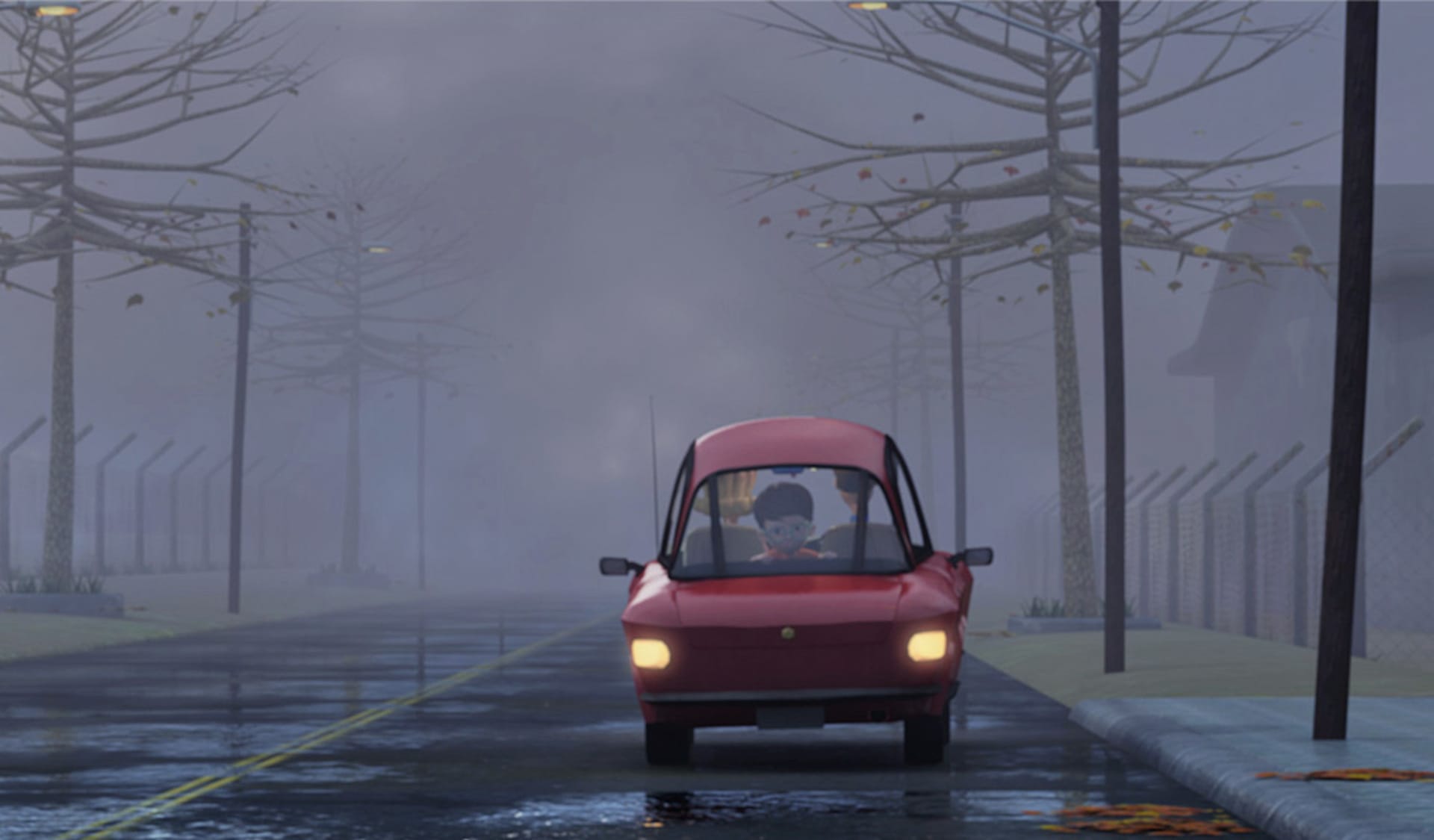
With such a promising storyline, the team needed to plan and execute against challenging timelines while taking into account production specifics. The workflow was designed to allow the collaboration of artists working remotely from their homes, a challenging requirement for any production.
Blender and V-Ray were the daily tools used on Kiribati. Being multi-platform, they allowed artists to work on their preferred OS, whether it was Windows, Linux or Mac OS X.
Ignacio Corrales, Lighting Director and Shading Supervisor of the project, said he had to learn Blender in order to start working on Kiribati, "Before I started working on the movie, I wasn´t familiar with Blender at all, having grown up with 3ds Max and Maya. So I had to push myself to learn and get involved with Blender in record time. One remarkable aspect is that Blender Foundation built not only the software, but an entire workflow around it. With every new project, the Blender team tests and improves the workflow and our production team took advantage of this support, building our own pipeline on top of it. And since all artists are familiar with it, this allowed us to share tools and procedures."
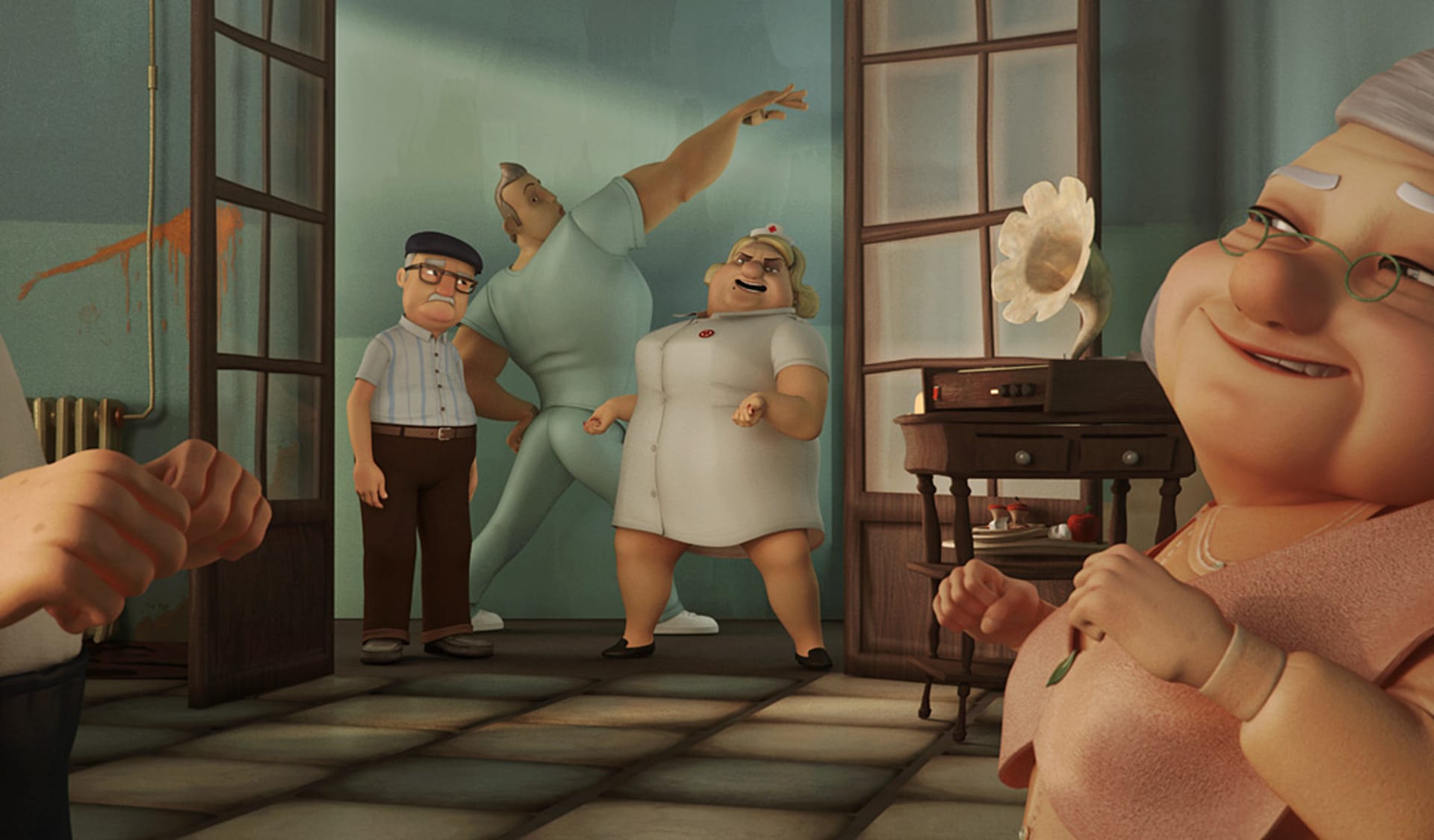
The team needed to deliver a massive amount of work in a short time, so they had to find a software suite focused on productivity. “Blender structures data and operations in a clear and logical way; this helps artists meet deadlines and allows technicians to detect and solve issues efficiently,” Ignacio shares.
An example about how Blender is designed with artists in mind is the way rigs work; instead of being several different objects, Blender has a special object-type called Armature, which contains all needed bones, handlers and constraints; every Armature has an Action, which can be shared with other Armatures and exported/imported in a consistent way. So even when the most complex character gets loaded into the scene, it consists of two objects, the mesh and the rig.
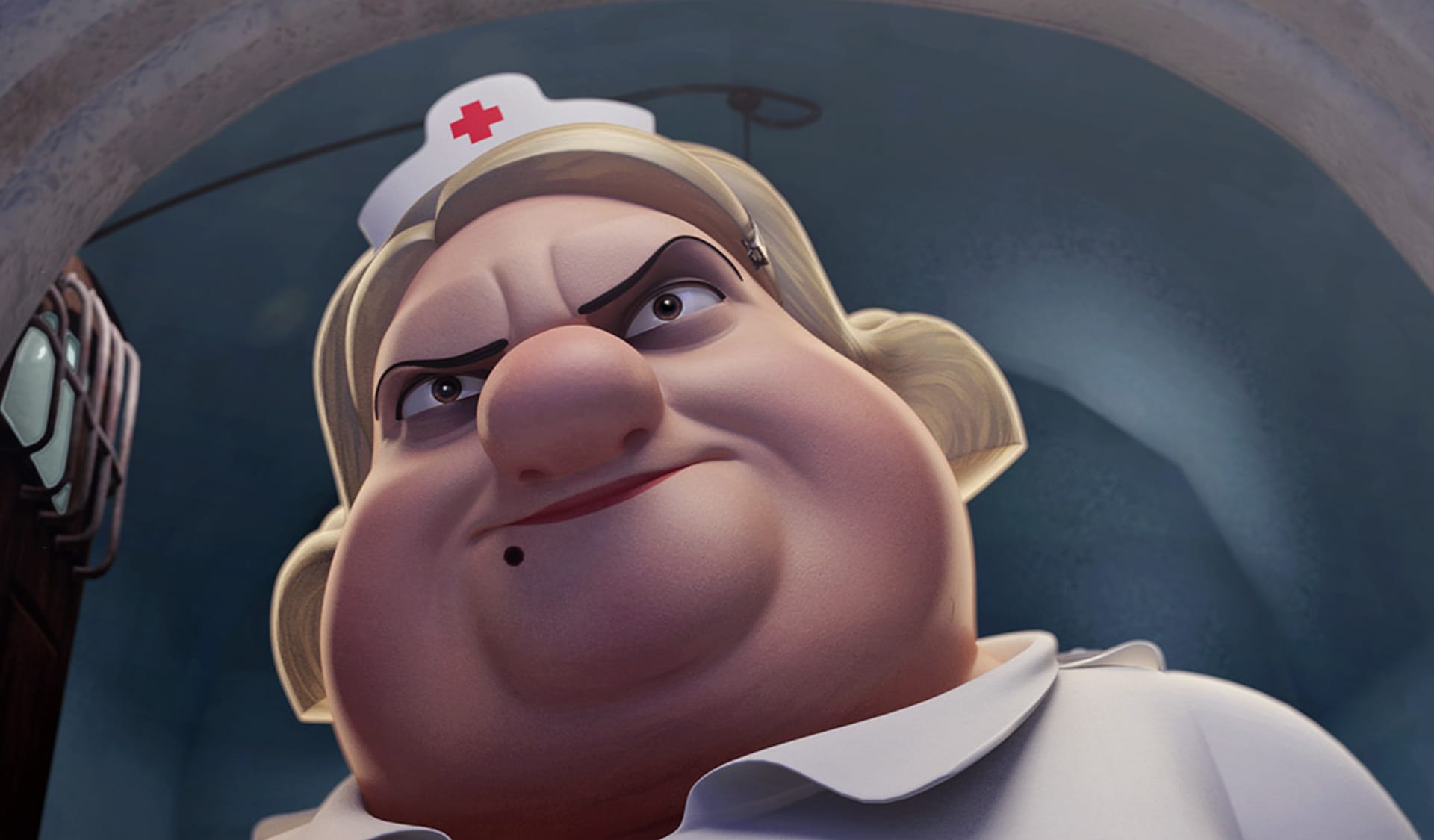
As a long-time V-Ray user, Ignacio wanted to test V-Ray as the main render engine for the movie. Driven initially by curiosity, his communication with Chaos Group’s developer Andrei Izrantzev evolved into a useful solution for the Kiribati team. “It was a challenge switching from Blender’s render engine to V-Ray, but with some effort and constant communication between V-Ray developer Andrei, myself and the technical director of our movie, we were able to adapt V-Ray to the movie’s workflow.”
I've been using V-Ray for several years already. V-Ray has been a life saver since my very first day in CG. It has made an immense contribution in all fields, from architecture and advertising, to industrial design and short films. In the Kiribati movie V-Ray has helped us deliver great quality in a short amount of time.
Ignacio Corrales, Lighting Director and Shading Supervisor for Kiribati
Unsurprisingly for a project like this, technical challenges come up on a daily basis. With the team’s collaboration with Chaos Group, the workflow has evolved and is getting more and more streamlined. Creating this upcoming film about a journey has become a challenge and an adventure in its own right, and we look forward to following its progress.
Kiribati’s official release is scheduled for summer 2017.
For more information on Kiribati, visit their website at www.kiribatithemovie.com

